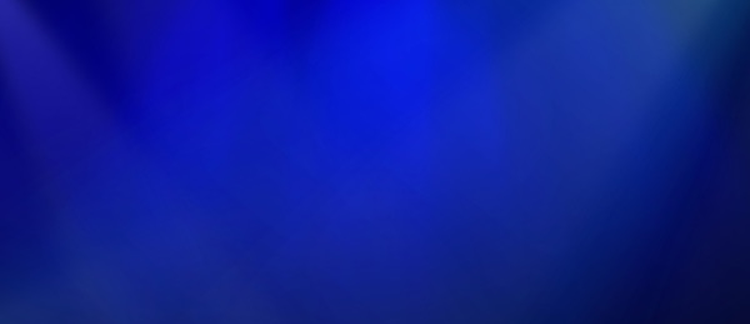Welcome to Circus: Arts, Life and Sciences, a new bilingual, open-access and peer-reviewed academic journal dedicated to the study and practice of circus across all disciplines. Circus is an inclusive and experimental heterotopia: a world within worlds that challenges order, hierarchy and norms. The form of this journal must therefore be culturally diverse, linguistically multiple and artistically innovative to accurately express the ineffable nature of contemporary circus.
The arts section of the journal offers articles from all disciplines in the humanities (performance studies, literature, education, dramaturgy, media studies, philosophy, history, politics, religious studies, musicology, cultural studies, anthropology and more) focused on circus as a field of study. The sciences section of the journal offers articles from all disciplines in STEM and social science fields (medicine, kinesiology, psychology, sociology, engineering, mathematics, physics, geography, chemistry, biology, ecology and beyond). The life section of the journal is a hybrid space designed to promote and develop practice-as- research and to create discourse between artists and researchers from all fields. This hybrid space is dedicated to the publication of peer-reviewed video-essays accompanied by research statements. To our knowledge, we are the first circus studies journal to offer a peer-review section of this kind. Finally, the book reviews section introduces readers to recently published or understudied books on circus through the eyes of relevant specialists. We hope that all of these sections will increase collaborations among artists, practice-based researchers and scholars.
This journal engages in the critical inquiry of circus to celebrate its accomplishments, to search for solutions to problems identified by its community and to eliminate financial barriers to cutting-edge research. Thanks to the support of the National Circus School of Montreal, the Centre national des arts du cirque in Châlons-en-Champagne and all members of the Circus Arts Research Platform (CARP) community, there are no fees required to publish articles in our journal or to read its contents. Our partnership with the aforementioned institutions as well as Michigan Publishing and the University of Michigan Library allows us to join the global, and ever-growing, open-access movement.
Circus: Arts, Life and Sciences, like its community and partners, is committed to advancing equity, diversity and inclusion. We strongly encourage authors to consider the impacts of systemic oppression and societal norms on their research. The effects of racism, sexism, ableism, classism and fatphobia on circus, and on the world at large, are some of the many issues that we wish to address. We strongly recommend that readers and contributors challenge their own conscious and unconscious biases as well as those they encounter during their work. With all of the above in mind, this inaugural issue includes a diverse group of scholars and scholarship from various disciplines.
In the arts section, Cyrille Roussial’s “Vers des jonglages post-anthropocentriques : Études de variations de la collection « China Series » de Julian Vogel” (“Toward Posthumanist Juggling: Studying Variations of the ‘China Series’ Collection by Julian Vogel”) analyzes the posthumanist possibilities of juggling. This is a careful and informed study of French circus artist Julian Vogel’s work. Roussial thinks through fragility, materialism and ontology of the diabolo in ways that will be useful for many object-focused researchers.
In the life section, Saar Rombout’s video-essay defies traditional assumptions about rigging, rope artists and the gender bias that female circus technicians encounter. “Rope Design and Rigging Design as Artistic Practice” is a deeply insightful and meditative piece that opens up new spaces for exploration within rope, rigging, set design and object-oriented ontology. It is an excellent example of what disciplined, practice-based researchers can contribute to the art and theory of circus.
In the sciences section, “Maximal Dynamic Forces Exerted by Acrobats on Nine Circus Apparatuses” by Marion Cossin, Alice Bergeron-Parenteau and Annie Ross shares the results of their study of maximal loads on cables used for aerial hoop, rope, aerial silk, flying pole, tightwire, Chinese pole, swinging trapeze, solo trapeze and duo fixed trapeze disciplines. This circus engineering team rigorously tested these apparatuses during 118 different acrobatic movements executed by more than thirty different acrobats. The resulting data can be used to reduce the risk of injuries and may even save lives in these disciplines.
Finally, the book review section in this issue casts the spotlight on two ground-breaking works that reveal new historical information about female aerialists. Female Aerialists in the 1920s and Early 1930s: Femininity, Celebrity and Glamour by Kate Holmes recently came out. Katharine Kavanagh expertly reviews it and notes that those interested in gender studies, performance history and contemporary circus will all benefit from Holmes’s book. We conclude with a review of Vida de circo, Rosita de la Plata: una estrella argentina en el mundo (Circus Life: Rosita de la Plata, an Argentinean Star Around the World) by Beatriz Seibel. This important biographical study of Latin American circus star Rosalía Robba, as well as Robba herself, has been overlooked in anglophone scholarship. We thank Camila Paula Losada, from the University of Buenos Aires, for reviewing it for our readers. We hope that sharing this review may lead to an English translation of Seibel’s book.
We finally have a journal dedicated to the interdisciplinary study of circus. It is ours to define, inhabit and build. In this spirit of collective construction, we invite specialists in all sciences, humanities, and life (i.e., artistic practice) disciplines who focus on circus to submit articles for the sciences section (6,000 words or fewer), arts section (5,000–8,000 words) and life section (video-essays of 3–20 min with a research statement of 1,000–2,000 words). If you have something to offer, please head over to https://journals.publishing.umich.edu/circus/submissions/.

